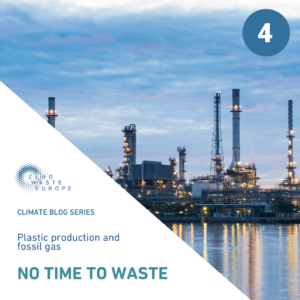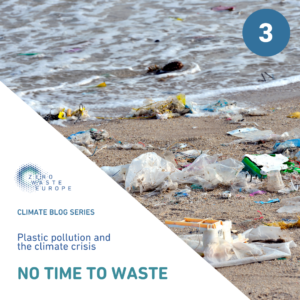No Time To Waste: Consumption and the Cost for the Climate

Our twenty-first century lifestyles demand cheap and quick products to keep up with our fast paced lives. Our current linear economy, based on exponential growth has both created and facilitated these lifestyles. But we’ve gone too far.
Our relationship with resources has shifted to the point now where we have stopped seeing resources as just that; resources! Instead of recognising the critical importance of the finite natural materials on our earth, used to provide for the creation of valuable products, we often see profit and cheap satisfaction instead. But consumers aren’t to blame – our entire linear economic system demands the creation of throwaway products, using vast amounts of energy to then ultimately create waste, which continues to drive up profit for big industries.
Circular Economy
Our current economic model is centred around an extractive, take-make-waste approach, and it isn’t working. For the benefit of our planet and the people living on it, we need to rethink our approach to resources and go circular!
We must adopt zero waste and circular solutions to our current resource-intensive processes and this should happen across all sectors of society. These changes must start at the policy level – led by European Union decision makers and subsequently implemented by national governments, municipalities, businesses, and communities. We must ensure that policies under the Circular Economy Action Plan and the European Green Deal incentivise reuse and zero waste systems as an absolute priority, with best practice waste management techniques being utilised in the meantime. We lived this way in the past, in harmony with nature. With all the technological and social innovation that’s taken place in the last decade – whose to say we can’t prosper living this way again?
Innovation
Shifting our entire economic model is not exactly an easy task and it does depend on bottom up examples that prove a circular system is possible. That’s where zero waste business models and city level commitments come into their own. Innovative businesses, community projects and municipality-led solutions all prove that zero waste is not only possible, but profitable both economically and socially. (See some successful city level examples of zero waste policy.) Seeing these solutions in practice helps shift consumer behaviour, public opinion, and puts the right amount of pressure on policy makers to push for change.
Cost for the Climate
This blog series has examined the deep rooted connections between the climate crisis and our relationship with waste – highlighting how waste impacts the climate all along the supply chain, from plastic production to pollution, overconsumption to incineration and landfilling. It’s clear that we must change the way we consume so that we use less natural resources, through more reusing of products and recycling as a last resort, where reuse is not currently possible. Not only will this change the way our natural environment looks, replenishing resources and reducing single-use pollution, but it will also reduce the burden we place on the planet.
Switching to a circular economic model, based on zero waste and reuse practices, will reduce greenhouse gas emissions from both the production of resources and minimise the negative impacts that come from disposing of waste.
We cannot tackle climate change without tackling waste, and that responsibility sits at the EU policy level – which is why we will continue to advocate for sustainable systems and the redesign of our relationship with resources, to accelerate a just transition towards zero waste for the benefit of people and planet.
Read more about our work on Consumption & Production here and our Cities & Communities Programme here.


